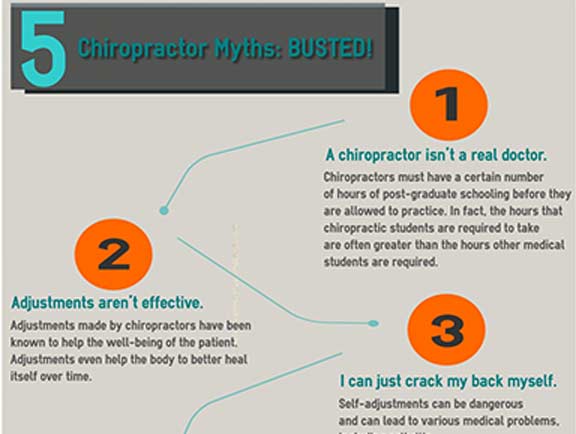Typical Day-To-Day Behaviors That Create Back Pain And Tips For Avoiding Them
Typical Day-To-Day Behaviors That Create Back Pain And Tips For Avoiding Them
Blog Article
Web Content By-Love Harper
Preserving correct stance and preventing typical mistakes in everyday tasks can considerably affect your back health and wellness. From how you sit at your desk to how you raise hefty items, tiny changes can make a big distinction. Picture a day without the nagging back pain that impedes your every action; the service may be easier than you believe. By making a few tweaks to your day-to-day habits, you could be on your means to a pain-free presence.
Poor Position and Sedentary Way Of Living
Poor stance and an inactive way of life are 2 major factors to neck and back pain. When you slouch or hunch over while sitting or standing, you placed unnecessary pressure on your back muscle mass and spinal column. This can result in muscular tissue discrepancies, stress, and at some point, persistent neck and back pain. Furthermore, sitting for extended periods without breaks or exercise can damage your back muscle mass and result in rigidity and pain.
To fight poor position, make an aware initiative to rest and stand directly with your shoulders back and lined up with your ears. Keep in just click the next post to keep your feet level on the ground and prevent crossing your legs for extended periods.
Integrating regular stretching and reinforcing workouts into your day-to-day regimen can additionally assist boost your pose and alleviate back pain connected with an inactive way of life.
Incorrect Training Techniques
Inappropriate training techniques can dramatically add to back pain and injuries. When you lift heavy items, keep in mind to flex your knees and utilize your legs to lift, rather than counting on your back muscular tissues. Avoid twisting your body while lifting and keep the things near to your body to minimize strain on your back. It's crucial to preserve a straight back and avoid rounding your shoulders while raising to stop unnecessary pressure on your spine.
Always examine the weight of the things prior to raising it. If it's too hefty, request for aid or use devices like a dolly or cart to transfer it safely.
Keep in mind to take breaks during raising tasks to provide your back muscular tissues a possibility to relax and avoid overexertion. By executing correct training strategies, you can avoid pain in the back and lower the danger of injuries, ensuring your back remains healthy and strong for the long term.
Absence of Routine Exercise and Stretching
A sedentary way of life lacking regular workout and stretching can dramatically contribute to back pain and discomfort. When you don't take part in physical activity, your muscle mass come to be weak and inflexible, leading to inadequate stance and increased stress on your back. Regular workout helps enhance the muscular tissues that support your back, boosting security and lowering the threat of neck and back pain. Integrating extending into your regimen can likewise enhance adaptability, stopping rigidity and discomfort in your back muscular tissues.
To stay clear of pain in the back triggered by a lack of exercise and extending, aim for at least thirty minutes of modest exercise most days of the week. Consist of workouts that target your core muscular tissues, as a strong core can aid minimize stress on your back.
In addition, take breaks to extend and move throughout the day, particularly if you have a workdesk task. Straightforward stretches like touching your toes or doing shoulder rolls can help relieve stress and stop pain in the back. Focusing on sharp pain in back and stretching can go a long way in maintaining a healthy and balanced back and lowering pain.
Conclusion
So, keep in mind to sit up straight, lift with your legs, and remain active to prevent neck and back pain. By making basic changes to your everyday routines, you can prevent the discomfort and limitations that feature back pain. Care for your spine and muscle mass by practicing good posture, correct lifting strategies, and regular exercise. Your back will thank you for it!
